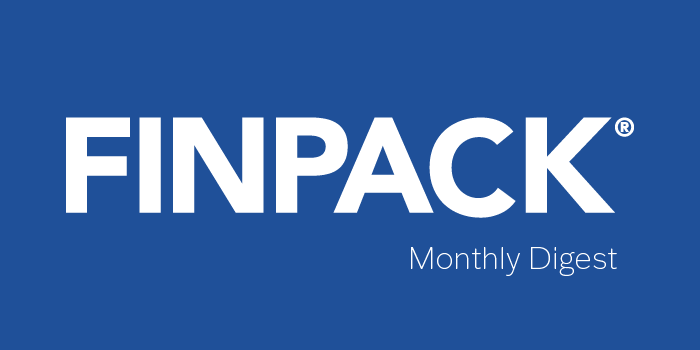 Trading machinery and equipment is common for all types of businesses. The Fall 2017 FINPACK update allows more streamlined data entry of capital purchases, sales, and trades within FINPACK. By entering extra detail on the FINPACK balance sheet, you can bring the details of these capital transactions into other FINPACK analysis tools, like Schedule F Cash to Accrual and Earned Net Worth Analysis.
Trading machinery and equipment is common for all types of businesses. The Fall 2017 FINPACK update allows more streamlined data entry of capital purchases, sales, and trades within FINPACK. By entering extra detail on the FINPACK balance sheet, you can bring the details of these capital transactions into other FINPACK analysis tools, like Schedule F Cash to Accrual and Earned Net Worth Analysis.
On the balance sheet, data entry fields have been added to allow for the entry of purchase price, year sold, and sale price for machinery and equipment; titled vehicles; buildings and improvements; and land. Purchases or sales of capital assets has very straightforward data entry. Data entry for a trade should include:
- For the asset being traded: enter the year traded in the “Year Sold” field. Enter the “Sale Price” as the current Market Value listed on the balance sheet.
- For the asset being acquired: enter the “Year Purchased” and the “Purchase Price”. The purchase price will be the “Sale Price” for the traded asset plus any “boot” or additional cash paid to acquire the asset. The “Market Value” is then listed as the current market value of the asset.
In the example below, our customer traded tractors in 2017. A JD 4020 was traded for a JD 7430. The farmer had to pay an additional $30,000 in the transaction. The entry in Machinery and Equipment detail in FINPACK is as follows:
Handling the trade in this manner does not recognize any capital gain or loss in the transaction. This is consistent with the tax treatment of trades. Capital gains or losses are only captured on the final sale transaction of assets, not on trades. If you would instead like to recognize the capital gain or loss on a traded asset, you would enter the “Sales Price” of the traded asset equal to the value given by the dealer on the trade. The “Purchase Price” will then equal the market value of the acquired asset at the time of the trade (which will equal any cash “boot” paid plus the stated value of the traded asset). Any difference between the Market Value and the Sale Price of the traded asset will be listed as a “Gain or Loss on Capital Sales” on the income statement. This will be added to or subtracted from net farm income from operations on the income statement to arrive at net farm income for the period.
Note: In this example, we have assumed market only balance sheets. If balance sheets reflect both cost and market values, enter the cost value as the Sale Price of the traded asset. The Purchase Price of the new asset will always be the Sale Price of the traded asset plus the cash boot paid. The original Cost Value of the new asset will equal the Purchase Price.
Pauline Van Nurden joined the FINPACK Team as an Economist in 2017.
Prior to joining the FINPACK Team, she worked as a lender. This provides her valuable industry experience and knowledge in her work with FINPACK. Pauline holds a Master’s Degree in Agricultural Education and Bachelor’s Degree in Applied Economics, both from the University of Minnesota.






